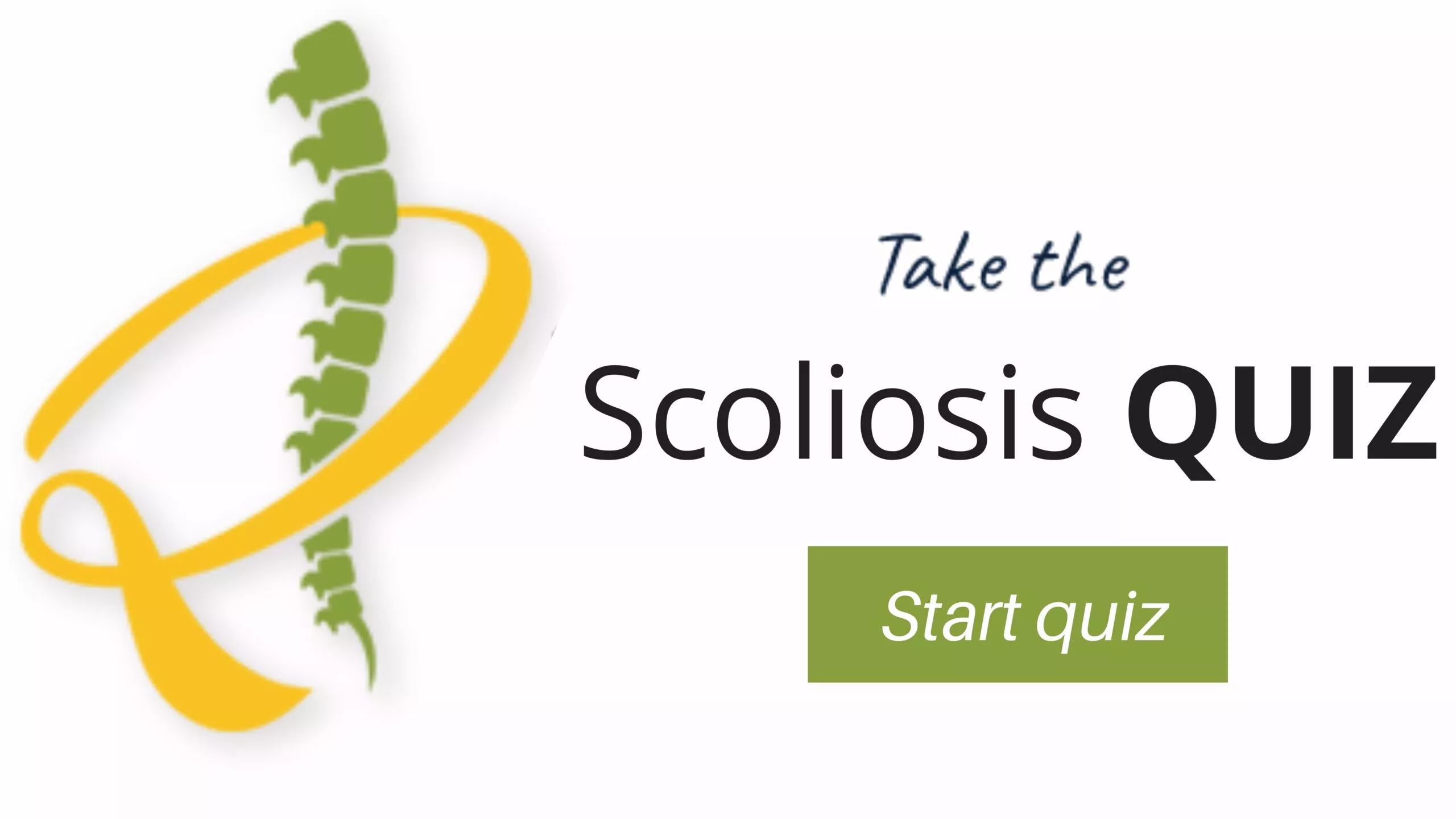
LUMBAR OSTEOARTHRITIS
Lumbar osteoarthritis (OA), also known as lumbar spondylosis, refers to a degenerative condition affecting the lower back (lumbar spine). It’s the most common type of arthritis in the spine. It is further characterized by the gradual breakdown of cartilage, the cushioning material between the vertebrae.
Our Lumbar Osteoarthritis Doctors treat this condition on a regular basis and encourage you to make an appointment for treatments that will potentially stop the pain and discomfort.
3 percent of individuals with progressive curvature may eventually experience severe problems that can include scoliosis and back pain, spinal problems, and nerve compression causing numbness, weakness, and leg pain.
Lumbar Osteoarthritis:
 Lumbar osteoarthritis, also known as degenerative joint disease or lumbar spondylosis, refers to a chronic condition. It is characterized by the degeneration of the cartilage and bones in the lumbar spine. This degeneration leads to inflammation, pain, and stiffness in the affected joints, significantly impacting a person’s quality of life.
Lumbar osteoarthritis, also known as degenerative joint disease or lumbar spondylosis, refers to a chronic condition. It is characterized by the degeneration of the cartilage and bones in the lumbar spine. This degeneration leads to inflammation, pain, and stiffness in the affected joints, significantly impacting a person’s quality of life.
Lumbar Osteoarthritis Causes:
Lumbar osteoarthritis is primarily caused by the natural aging process. This is where the cartilage that cushions the joints gradually wears away over time.
- Wear and Tear: Over time, repetitive stress and strain on the spine, especially with age, can lead to cartilage breakdown and bone deterioration.
- Repetitive Stress on the spine
- Genetics: Certain genes may predispose individuals to developing OA.
- Obesity: Excess weight puts extra pressure on the lumbar spine, accelerating cartilage wear and tear.
- Previous Injuries: Prior back injuries or trauma can increase the risk of developing OA.
As the cartilage deteriorates, the bones may develop bony growths called bone spurs. Bone spurs further contribute to pain and stiffness in the spine.
Questions and Answers
What is causing my lower back pain?
Lumbar osteoarthritis, known as degenerative joint disease, occurs when the cartilage between the vertebrae in the lower back wears down. This leads to friction between the bones, causing pain, stiffness, and reduced mobility. Additionally, osteoarthritis can result in the formation of bone spurs, further contributing to discomfort. Your lower back pain is likely attributed to these degenerative changes in your spine.
What treatment options are available for lumbar osteoarthritis?
Treatment for lumbar osteoarthritis seeks to ease pain, boost movement, and stop further wear. First, non-surgical options include physical therapy to strengthen spine-supporting muscles. Also, drugs like NSAIDs help cut pain and swelling. Plus, lifestyle changes, such as weight control and regular exercise, aid in managing the condition. However, in severe cases or when these steps don’t work, surgery is advised. For example, spinal fusion or laminectomy can steady the spine and relieve nerve pressure.
What can I do to manage my symptoms and prevent flare-ups?
Lumbar Osteoarthritis Symptoms:
Symptoms of lumbar osteoarthritis vary depending on the severity of the condition and the extent of joint degeneration. Common symptoms include lower back pain that worsens with movement or activity. In addition, stiffness and reduced range of motion in the spine, muscle weakness or spasms, and radiating pain occur. In severe cases, lumbar osteoarthritis can lead to loss of bladder or bowel control and difficulty walking.
Diagnosing Lumbar Osteoarthritis:
Diagnosing lumbar osteoarthritis typically involves a combination of medical history review, physical examination, and imaging tests. Doctors use X-rays or magnetic resonance imaging (MRI) to visualize the degenerative changes in the lumbar spine, including joint narrowing, bone spurs, and loss of cartilage.
Lumbar Osteoarthritis Risk Factors:
Several factors increase the risk of developing lumbar osteoarthritis, including age, genetics, obesity, previous spinal injuries or trauma, and occupations or activities that involve repetitive spinal movements or heavy lifting. Women are also more likely to develop osteoarthritis compared to men.
Non-Surgical Treatment for Lumbar Osteoarthritis:
Non-surgical treatment options for lumbar osteoarthritis aim to alleviate symptoms and improve joint function. This may include medications such as nonsteroidal anti-inflammatory drugs (NSAIDs) to reduce inflammation and pain. Also, corticosteroid injections provide temporary relief of symptoms, and physical therapy strengthens the muscles supporting the spine and improves flexibility.
Surgical Treatment Details:
Doctors use surgery for severe lumbar osteoarthritis when simple treatments don’t work. Also, surgery is advised when joint damage causes strong symptoms. The surgery type depends on factors like the level of joint wear and the patient’s overall health.
Surgery for lumbar osteoarthritis aims to ease pain and improve joint movement. It tackles the root changes in the lower back spine. The chosen procedures depend on things like how bad the joint wear is and the strength of symptoms. Here are common surgeries to stop the pain linked with lumbar osteoarthritis:
Laminectomy:
Laminectomy is a surgical procedure that involves removing a portion of the lamina, the bony arch on the back of the vertebrae, to relieve pressure on the spinal cord and nerves. In lumbar osteoarthritis, bone spurs or thickened ligaments may compress the spinal cord or nerve roots, leading to pain and other symptoms. Laminectomy helps decompress the spinal canal, reducing pressure on the nerves and alleviating pain.
Spinal Fusion:
Spinal fusion is a surgical procedure that involves joining two or more vertebrae together to stabilize the spine and prevent movement between the affected vertebrae. In lumbar osteoarthritis, surgeons use spinal fusion to stabilize the spine after decompression surgery or to correct spinal deformities caused by degenerative changes. During the procedure, bone grafts or bone substitutes are used to promote fusion between the vertebrae, creating a solid bone bridge that reduces pain and improves spinal stability.
Facet Joint Fusion:
Facet joint fusion is a surgical procedure that involves fusing the small joints located at the back of the spine, known as facet joints, to reduce pain and instability in the lumbar spine. In lumbar osteoarthritis, degeneration of the facet joints can lead to pain and stiffness in the lower back. Facet joint fusion aims to stabilize the affected joints and prevent movement that can exacerbate symptoms. During the procedure, bone grafts or bone substitutes are used to fuse the facet joints together, reducing pain and improving spinal stability.
Foraminotomy:
Foraminotomy is a surgical procedure that involves widening the neural foramina, the openings through which spinal nerves exit the spinal canal, to relieve pressure on compressed nerves. In lumbar osteoarthritis, bone spurs or lumbar herniated discs may narrow the neural foramina, causing nerve compression and radiating pain into the buttocks or legs. Foraminotomy helps decompress the affected nerves, alleviating pain and improving nerve function.
Dynamic Stabilization:
Dynamic stabilization is a surgical procedure that aims to preserve spinal motion while stabilizing the spine in patients with lumbar osteoarthritis. Unlike traditional spinal fusion, which eliminates movement between the vertebrae, dynamic stabilization devices such as pedicle screws or interspinous spacers allow controlled movement of the spine while providing stability. This approach helps reduce pain and maintain spinal flexibility, improving overall function and quality of life.
Disc Replacement Surgery:
Disc replacement surgery, or fake disc swap, is a procedure where a worn-out spine disc is removed and replaced with a man-made implant. In lumbar osteoarthritis, disc wear can cause pain and shaky spine support. This surgery aims to fix disc height and function, easing pain and keeping spine movement. Doctors choose this for certain patients who meet strict rules and haven’t improved with simple treatments.
Skilled spine surgeons, experts in lumbar osteoarthritis, perform these surgeries. The surgery choice depends on factors like symptom strength, joint wear level, and the patient’s health and lifestyle. Before surgery, patients get a full check to find the best treatment for their unique needs.
Lumbar Osteoarthritis Complications:
Complications of lumbar osteoarthritis and its treatment may include persistent pain, loss of mobility, nerve compression, infection, or complications related to surgery. However, with proper evaluation, careful planning, and skilled surgical technique, the risks of complications can be minimized, and the benefits of treatment can outweigh the risks for many patients.
Physical Therapy Recommendations:
Physical therapy plays a crucial role in the management of lumbar osteoarthritis, focusing on strengthening the muscles supporting the spine, improving flexibility, and promoting proper body mechanics to reduce strain on the affected joints. Therapeutic exercises, manual therapy techniques, and lifestyle modifications can help alleviate symptoms and improve overall function and quality of life.
Prevention Actions:
While some risk factors for lumbar osteoarthritis, such as age and genetics, cannot be controlled, certain preventive measures can help reduce the risk or delay the onset of symptoms. Maintaining a healthy weight, staying physically active with regular exercise, practicing good posture, and avoiding activities that put excessive strain on the spine can help preserve spinal health and reduce the risk of joint degeneration.
Related Conditions:
Lumbar osteoarthritis is closely related to other spinal conditions such as degenerative disc disease, facet joint osteoarthritis, and spinal stenosis. These conditions often coexist and may share similar symptoms and treatment approaches.
Living with Lumbar Osteoarthritis:
Living with lumbar osteoarthritis requires ongoing management and lifestyle adjustments to alleviate symptoms and improve quality of life. Following a personalized treatment plan prescribed by healthcare providers, including medication, physical therapy, and assistive devices, can help manage symptoms and maintain function.
Long-term Benefits of Treatment and Rehabilitation:
Effective treatment and rehabilitation can provide long-term benefits for individuals with lumbar osteoarthritis, including reduced pain, improved joint function, and enhanced quality of life. By addressing the underlying causes of joint degeneration, relieving pain and inflammation, and restoring mobility through rehabilitation, individuals can experience improved spinal health and overall well-being.
Choosing the Southwest Scoliosis and Spine Institute:
When seeking treatment for lumbar osteoarthritis, choosing the right healthcare provider is crucial for optimal outcomes. The Southwest Scoliosis and Spine Institute, led by renowned spine surgeons Doctors Richard A. Hostin, Devish Ramnath, and Ishaq Syed, offers comprehensive care and state-of-the-art treatments for spinal conditions, including lumbar osteoarthritis. With offices in Dallas, Plano, and Frisco, Texas, the institute provides personalized treatment plans tailored to each patient’s unique needs, ensuring the highest level of care and support throughout the treatment journey.
____________________
Citation: National Institute of Health – Lumbar Osteoarthritis
The medical content on this page has been carefully reviewed and approved for accuracy by the Southwest Scoliosis and Spine Institute’s qualified healthcare professionals, including our board-certified physicians and Physician Assistants. Our team ensures that all information reflects the latest evidence-based practices and meets rigorous standards of medical accuracy, with oversight from our expert spine doctors to guarantee reliability for our patients.
We’re here to help STOP THE PAIN
If you are an adult living with scoliosis or have a child with this condition and need a doctor who specializes in orthopedic surgery,
call the Southwest Scoliosis and Spine Institute at 214-556-0555 to make an appointment today.


